How to Fly a Drone Safely – Beginner’s Tips & Best Starter Drones 2025
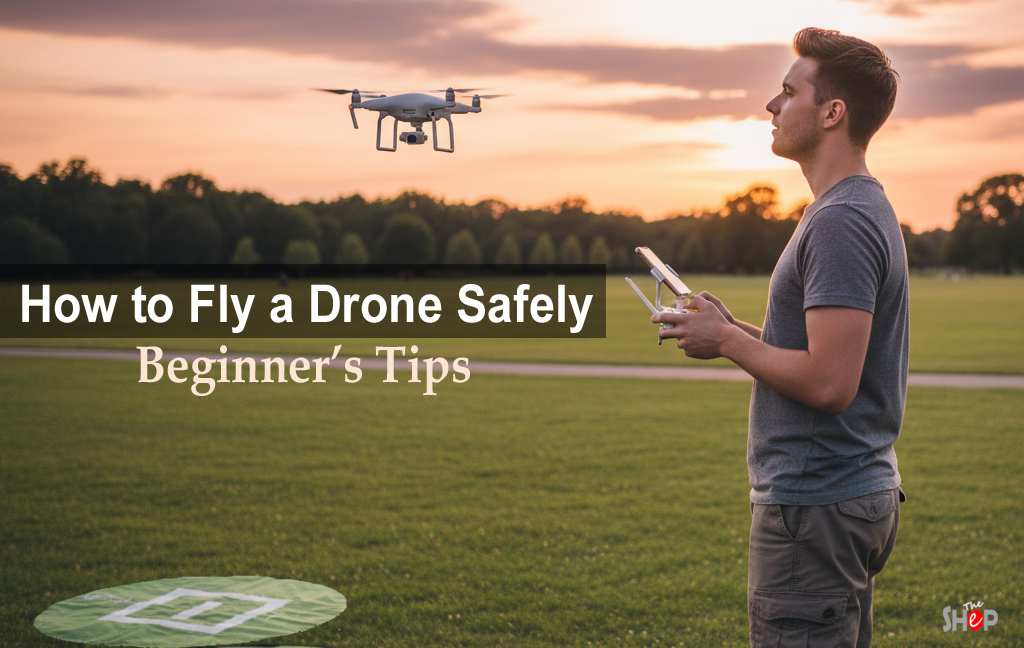
Flying a drone is thrilling, but without proper preparation it can quickly turn risky.
In this guide you’ll discover how to fly a drone safely—from choosing the right beginner drone to mastering your first takeoff—so you can enjoy smooth flights while protecting people, property, and your investment.
Whether you live in the USA or abroad, these best practices help new pilots avoid accidents and stay compliant with local aviation laws.
1️⃣ Understand the Drone Safety Rules
Before you even power up, you need to know the rules of the sky.
United States:
The Federal Aviation Administration (FAA) requires registration for drones weighing more than 0.55 lbs (250 g). Recreational pilots must:
- Keep the drone below 400 ft.
- Maintain line of sight at all times.
- Avoid flying near airports, crowds, and restricted airspace.
- Follow the TRUST test for recreational flyers.
Worldwide:
Many countries follow similar guidelines, but details differ. The EU has CE categories, India requires UIN numbers, and UAE has designated flying zones.
See our Drone Laws and Registration Requirements by Country for a quick checklist.
Knowing these regulations is the first step toward safe and legal flying.
2️⃣ Choose the Right Drone for Beginners
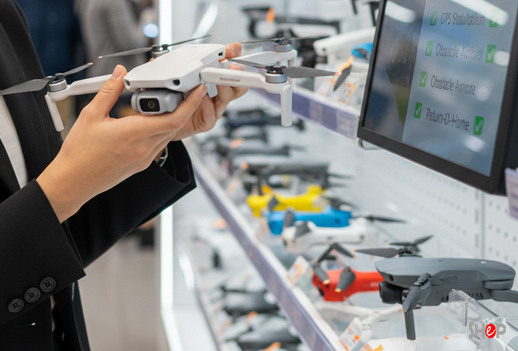
Picking an easy-to-fly drone reduces your learning curve and minimizes accidents. Look for:
- GPS stabilization to keep the craft steady.
- Obstacle avoidance sensors to prevent crashes.
- Return-to-home (RTH) so it comes back if signal is lost.
- Replaceable propellers and batteries for easy maintenance.
Affiliate Picks – Starter Drones
| Drone | Ideal For | Check Price |
|---|---|---|
| DJI Mini 4K | Ultra-light beginner drone with 4K camera | View on Amazon |
| Holy Stone HS720E | GPS stability & 4K EIS camera for learners | |
| Ryze Tello | Budget trainer for indoor & backyard flights | View on Amazon |
3️⃣ Pre-Flight Checklist
Every flight should start with a routine check. Skipping this is a common beginner mistake.
- Ensure batteries in both drone and controller are fully charged.
- Inspect propellers for cracks or loose screws.
- Wait for a strong GPS lock before takeoff.
- Review weather conditions: avoid high winds, rain, or poor visibility.
A quick 2-minute checklist can save you hundreds of dollars in repairs.
4️⃣ Master the Basic Controls

Find a large, open field for your first flights—preferably away from trees and buildings. Practice:
- Gentle take-offs and soft landings.
- Hovering at different heights to feel wind resistance.
- Individual moves: yaw (rotate), pitch (forward/back), and roll (side-to-side).
- Slow figure-eight patterns to improve coordination.
🛠️ Check our Top 10 GPS Trackers for Electric Bikes & Scooters—these trackers can also secure your drone bag.
5️⃣ Use Safety Gear & Accessories
Protect yourself and your drone with the right accessories:
- Propeller guards for indoor or beginner flights.
- Landing pads to avoid dust or wet ground.
- Sturdy carrying cases for safe transport.
Browse our Best Accessories: Helmets, Locks & Storage Racks article—many storage ideas work perfectly for drone gear.
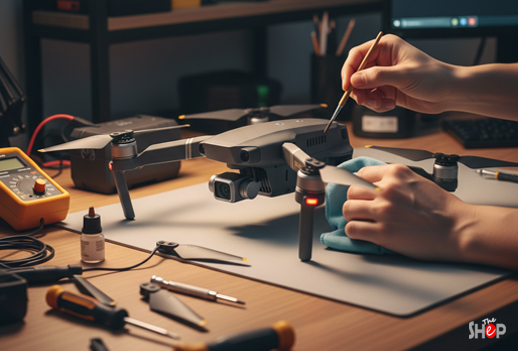
6️⃣ Maintain Situational Awareness
Good pilots keep their head on a swivel:
- Regularly glance away from your phone screen to scan the sky.
- Watch for birds, trees, or power lines.
- Use a visual observer (a friend who watches the drone while you fly) if possible.
7️⃣ Care and Maintenance
Regular maintenance extends your drone’s life:
- Wipe sensors and propellers after each flight.
- Update firmware for better GPS and obstacle detection.
- Store batteries at 50–60% charge to prevent degradation.
These habits keep your drone flight-ready for years.
8️⃣ Extra Tips for Drone Photography & Travel
- Plan your shots before takeoff to save battery.
- Check local travel rules if flying abroad—some countries require permits.
- Always carry spare batteries and memory cards.
These simple habits improve both safety and the quality of your aerial footage.
🏁 Conclusion
Learning how to fly a drone safely isn’t just about protecting your equipment—it’s about respecting people, wildlife, and airspace.
By understanding local regulations, choosing the right beginner drone, running a pre-flight checklist, and maintaining situational awareness, you’ll enjoy smooth flights and stunning photography in 2025 and beyond.
Whether you’re a casual hobbyist or aspiring professional pilot, these tips will help you stay safe while exploring the skies.
Frequently Asked Questions (FAQs)
1. What are the basic steps to fly a drone safely for the first time?
Begin by reading your drone’s manual, charge all batteries, and choose an open area free from obstacles. Calibrate the compass, check GPS lock, and practice gentle take-offs and landings to master beginner drone flying tips.
2. Do I need a license to operate a drone in the USA?
Yes, if your drone weighs more than 0.55 lbs (250 g), you must register with the FAA and pass the TRUST test for recreational use. Commercial pilots need a Part 107 Remote Pilot Certificate.
3. Which safety accessories help prevent drone accidents?
Key drone safety gear includes propeller guards, landing pads, extra propellers, and a sturdy carrying case. These items reduce the risk of damage and improve overall quadcopter safety.
4. What is the best drone for beginners who want smooth flights?
Models with GPS stabilization, obstacle sensors, and return-to-home functions—such as the DJI Mini series or Holy Stone HS720E—are perfect for first-time drone pilots who want an easy learning curve
Jose E. Johnson is a true tech prodigy whose lifelong passion for technology and gadgets has blossomed into remarkable drone expertise. From the moment he laid eyes on his first electronic toy as a child, Jose was captivated by the limitless possibilities of innovation. As he grew, so did his fascination with cutting-edge tech, leading him to become a bona fide drone expert. With an insatiable thirst for knowledge, Jose delved deep into the intricacies of drone technology, amassing a wealth of technical knowledge and hands-on experience. Now, he shares his wisdom through insightful drone reviews and invaluable tips for fellow enthusiasts, making him a trusted source in the drone community.

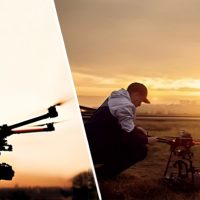
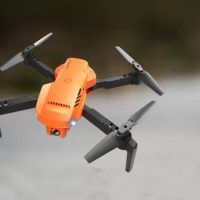
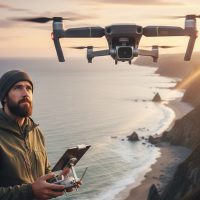

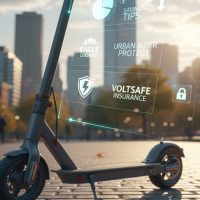

Leave a Reply